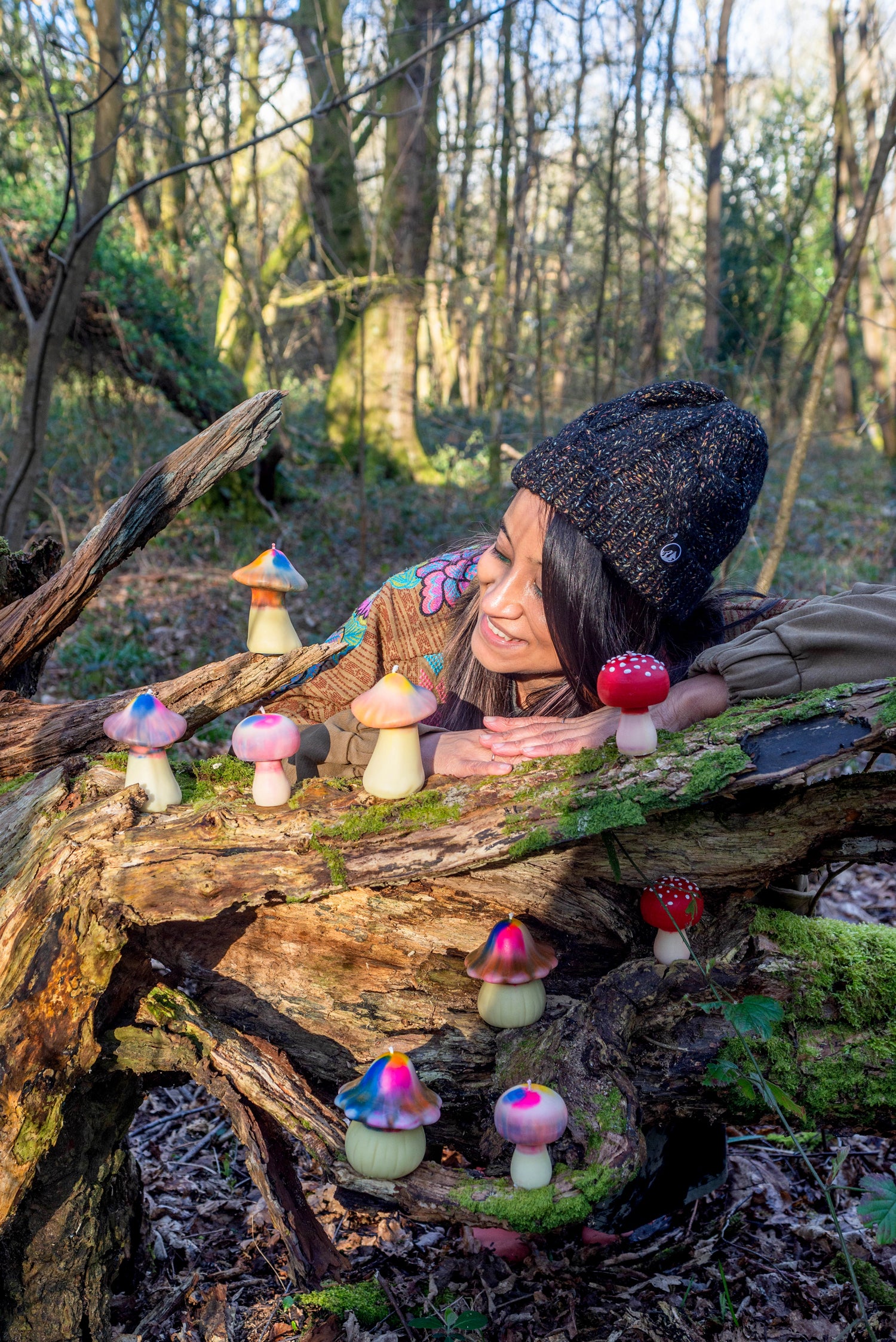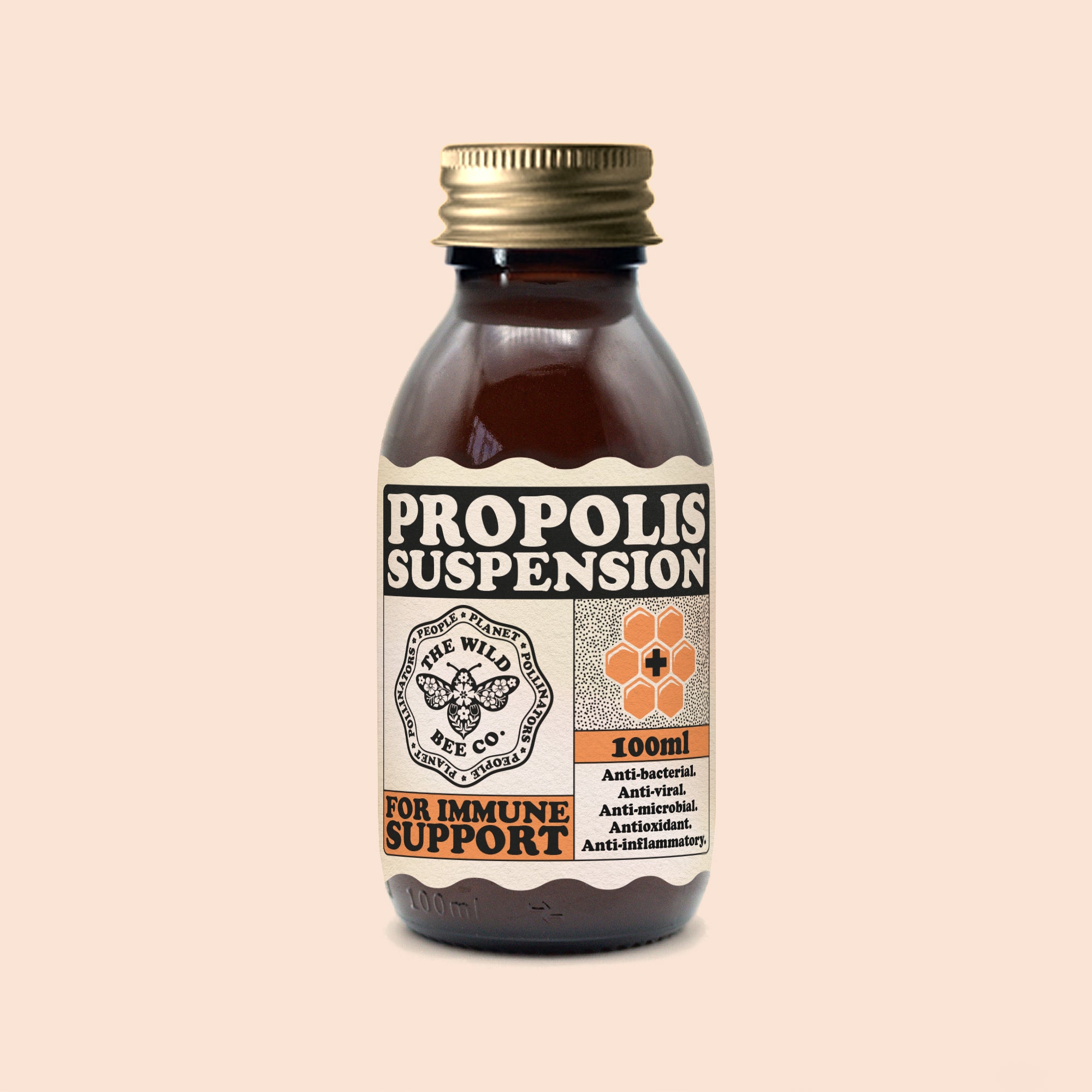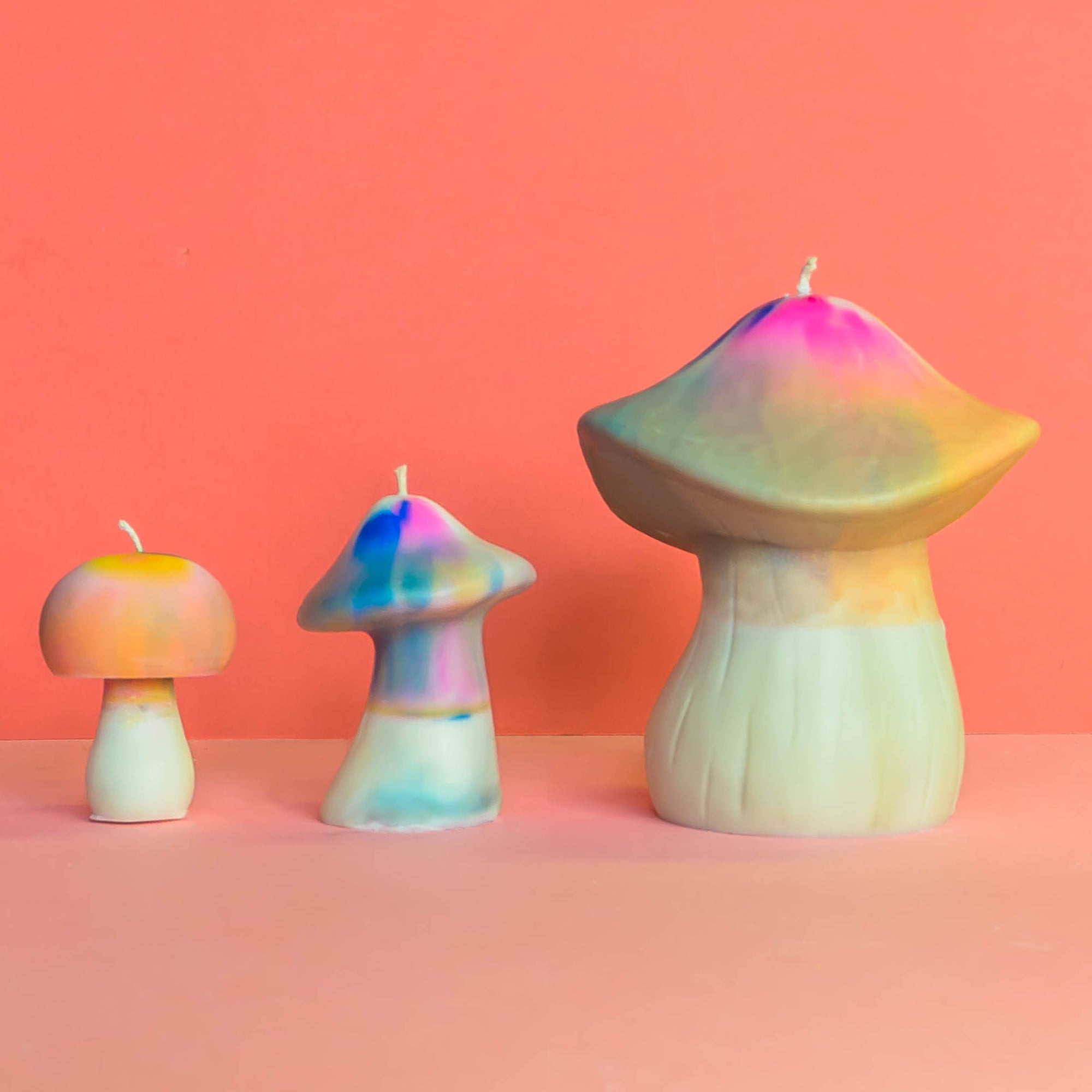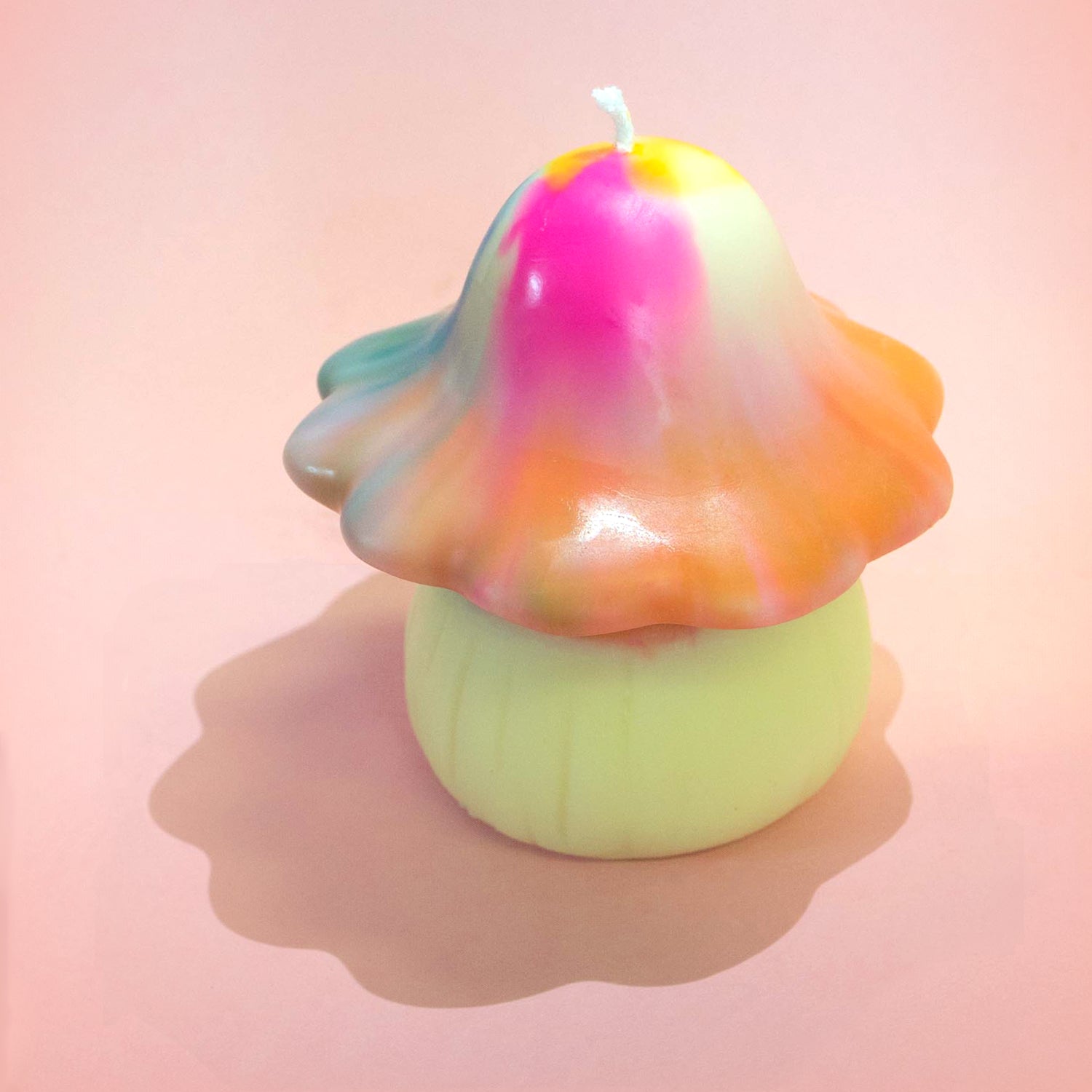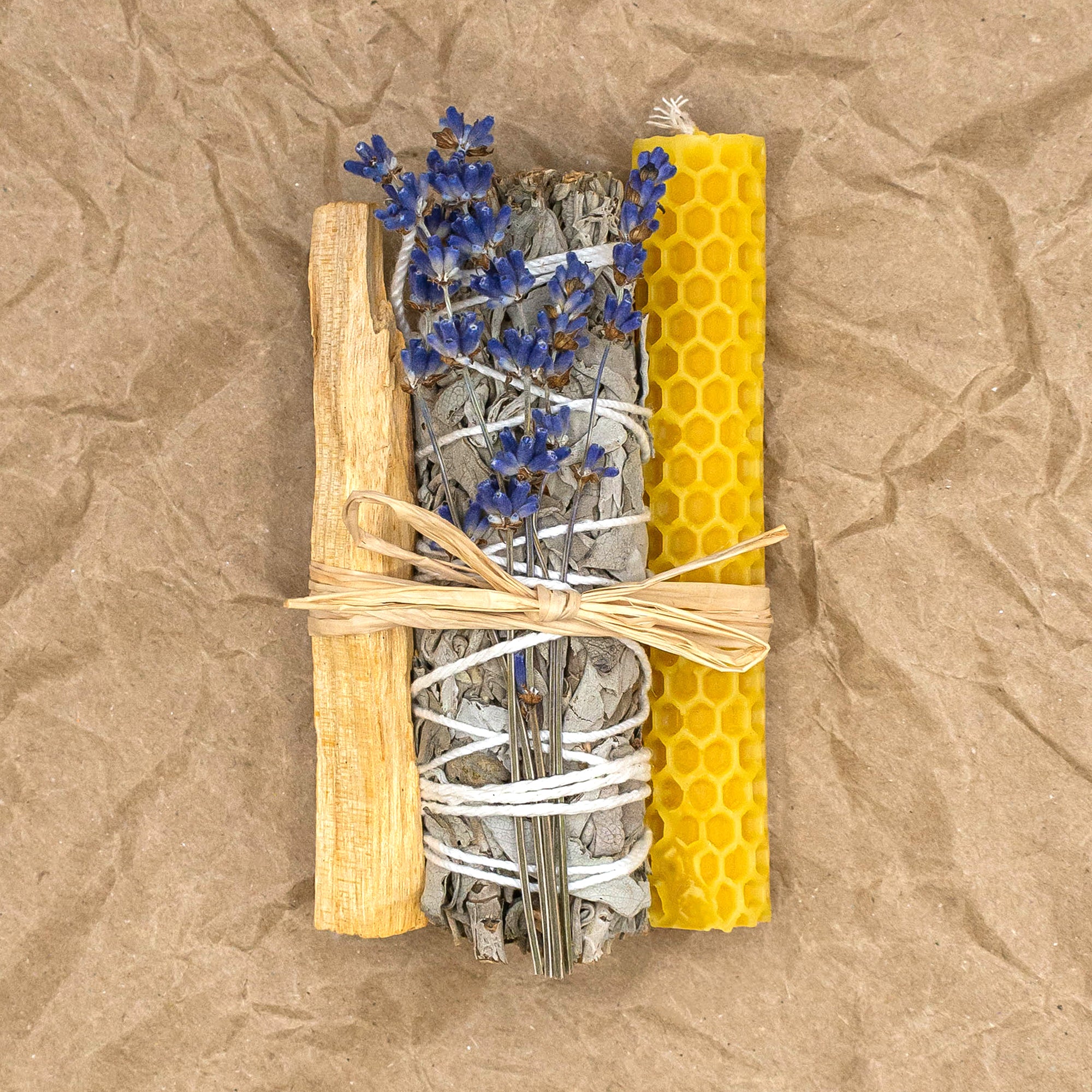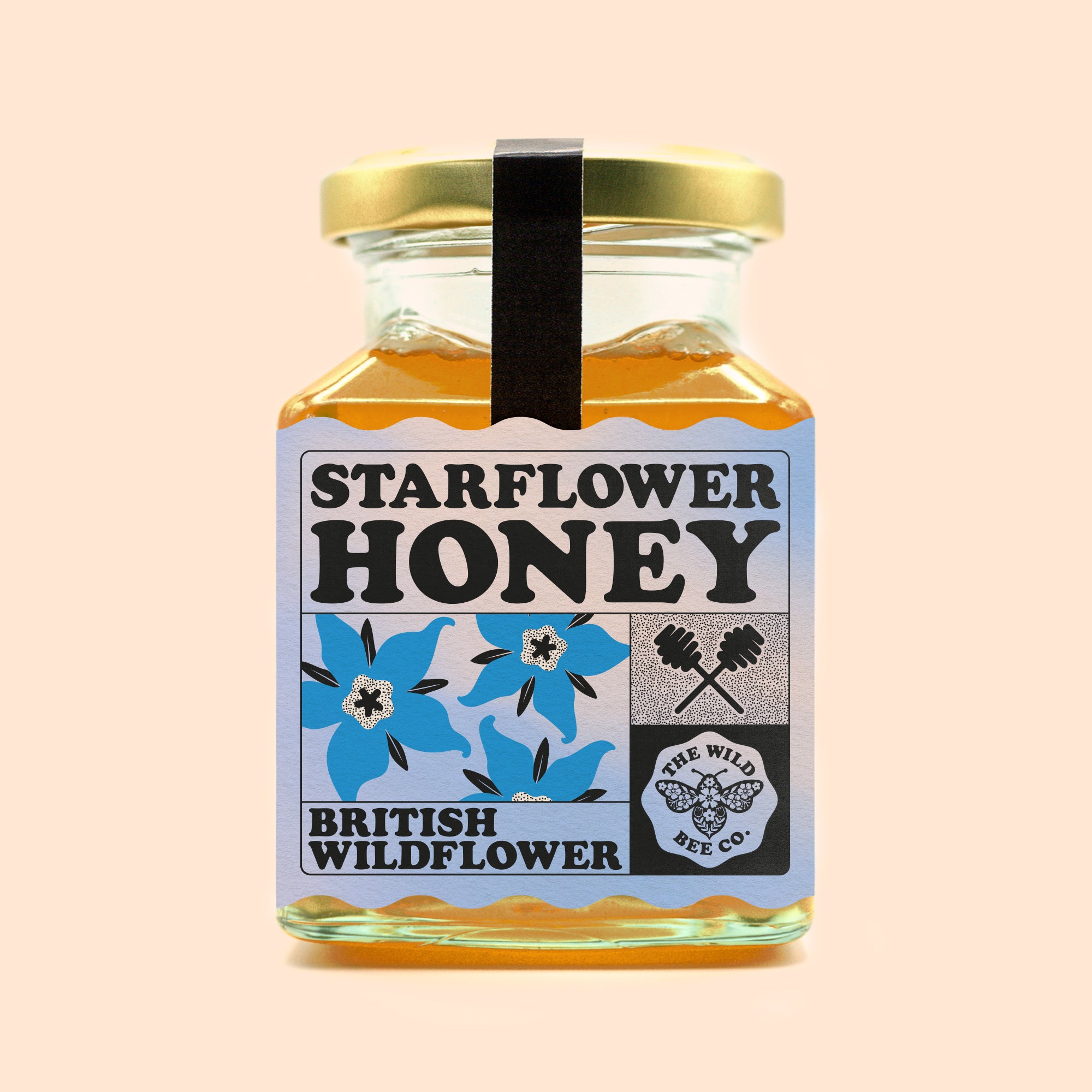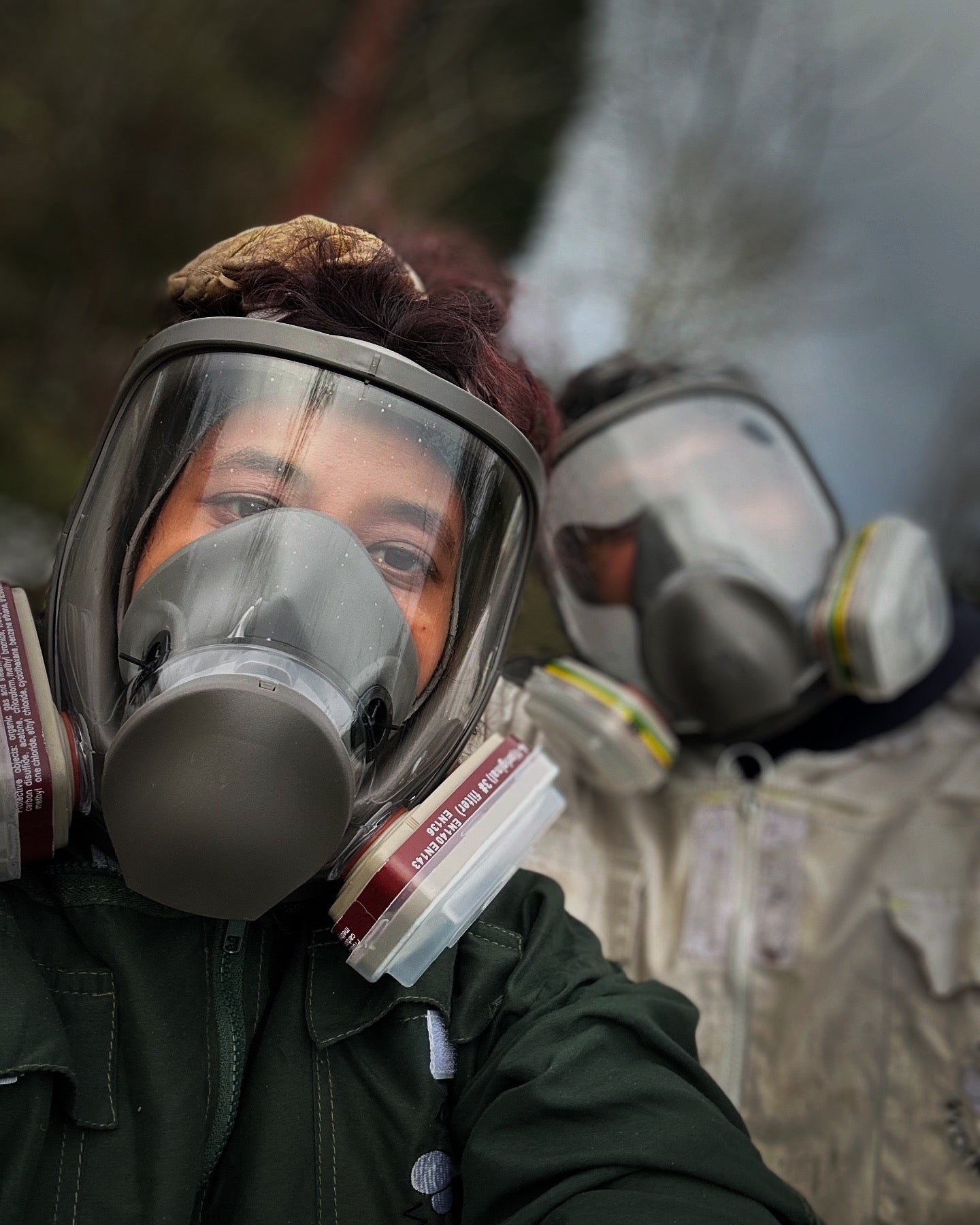
· By Monisha Dajee
Treat Yo’ Bees - OXALIC ACID
What is Varroa?
Varroa (Varroa Jacobsoni) is a mite which was originally hosted by the Asian Honeybee (Apis Ceranae) with a fairly stable host-mite relationship until the mite adapted to its new host Apis Mellifera, reaching Europe in the 1970s.
The mite has a preference for brood (bee babies). They are able to pierce the bee larvae to feed themselves and their own offspring.
The problem arises when the Varroa weakens the honeybee colony’s immune system while at the same time acting as a vector for disease by introducing viruses to the honeybee colony. Deformed Wing Virus, Acute and Chronic Bee Paralysis Virus are some of the more common viruses which are often presented to the colony by the Varroa Mite. When the viral infestation reaches critical levels, the balance of the hive is massively disrupted, causing the colony to collapse, resulting in its loss.

How can we help prevent colony loss because of Varroa?
To reduce the chances of this happening, we monitor the mite load throughout the year and treat the bees when the mite load reaches above a certain level. Pretty much all colonies in the UK now have varroa - this is something we have to just accept. However, rather than blanket treatments, we look to treat when necessary. Taking a ‘minimal interference’ approach will allow the bees to eventually develop some sort of coping mechanism or resistance. This will take many generations to happen so it’s a long, evolutionary road before we get there. We find that Winter losses can be quite high from Varroosis if the colonies are not healthy so our task is to make sure we are constantly monitoring and treating if necessary to ensure the highest chance of survival. This is one of key tasks as keepers of the bees.
How can we treat the bees?
In the UK we are quite limited with what we can use to treat bees. This is a double edged sword. Although there are certain treatments that could potentially eradicate a particular virus and disease, they could have long term effects on the health of a colony as well as humans. Ultimately, I am glad many of these treatments are vetted and assessed before being used and distributed within the British Beekeeping community. Antibiotics are prohibited as are a number of chemicals which are allowed in other countries. Most of the time it's because they are not safe for humans. General commonsense should tell you that if it's not safe for us, then it's probably not safe for our Bee Bubs either. There are many beekeepers, predominantly in the US and China, throwing antibiotics at their hives - this is indicative that something is NOT balanced between the relationship of people, the planet and our precious pollinators. When you go to the Doctor with a cold, only as a last resort do they sign-off on a pack of basic antibiotics. Ideally, the build up of natural resistance is what is best so the overprescription of antibiotics for every acute infection can make bacteria resistant to treatment over time which can lead to more serious infections and a reduced efficacy of the antibiotic itself. It’s the same in the hive!
To help reduce the potential for viral infections, we can treat Varroa with a couple of authorised substances (thymol-based treatments, oxalic acid treatments, and pyrethroid-based treatments) - let’s get into it.
Varroa treatments - Oxalic Acid and alternatives
Soft Chemicals
Organic acids are considered soft chemicals because they are naturally derived.
They tend not to leave residues in the long run, so this is always recommended before using any hard treatments
-
Formic acid. Formic acid occurs naturally in bee venom but also within honey. At higher doses it is effective even through cappings, but we do have some limitations as it needs to be used at higher temperatures to be effective but too high and it can cause increased mortality, too low and it’s ineffective.
-
Thymol. This is an essential oil derived from the Thyme plant which is quite effective at treating Varroa on adult bees but not effective under the cappings. It is also temperature dependent so can only be used when it’s over 15 degrees Celsius. It is quite pungent so its smell can linger but can also cause aggressiveness within the colony and contraction of the brood. It must also be applied over the course of several weeks so has a more complex application process.
-
Oxalic Acid. This is a naturally occurring organic compound found within many plants, nuts, seeds etc. We can apply it at any time of year and is not dependent on ambient temperatures. It has a high efficacy although not effective under cappings. We do however prefer this due to the flexibility and we can alter our application methodology to ensure we eradicate close to 99% of all varroa.
How to use Oxalic Acid
There are a number of ways to use Oxalic Acid e.g liquid trickle / sublimation etc.
We prefer Oxalic Acid exposure via sublimation / vaporisation using the currently approved product called Api-Bioxal oxalic acid.
We heat the Oxalic Acid to over 157 degrees C in a specially designed vaporiser - which starts the process of sublimation, transforming the acid from the solid state to a gas. This effectively fumigates the colony, killing the varroa mite. The residues of the acid remain within the colony for a few days after fumigation which helps to knock down additional Varroa. Unfortunately, this method is only effective on Varroa attached to fully formed adult bees but ineffective on Varroa which are attached and sealed in the brood under wax cappings. Because of this, we treat every 5-7 days for 3 weeks to ensure we are able to kill all the Varroa mites in the colony as they appear with the emerging brood. Alternatively, if it can be used during broodless periods, the efficiency of the treatment increases and only 1 treatment may be needed.

Notes when using Oxalic Acid
We obviously have to be careful while using Oxalic Acid so full PPE is a must – CAT 3 face mask as well as gloves etc.
Having the portable vaporiser is also really useful for treating swarms we pick up as we can pretty much knock down all the varroa since there is no brood and all the mites are attached to the actual bees so cannot escape the vapour.
It is imperative to keep a record of all treatments for each individual hive.
This should include:
- what substance you have used
- where you bought it from
- the batch number
- the date of treatment
- receipts to ensure full traceability
This is a legal requirement. You can download a free record keeping template from the BBKA to help you keep track of your treatments.
Hard Chemicals
These are generally synthetic miticides. Fluvalinate and Coumaphos have been very commonly used chemicals but mites have been able to develop a resistance to them and we find residues in the beeswax accumulate over time. There is also limited data showing that these chemicals can in fact affect queen mortality.
Amitraz - Currently, the most popular synthetic acaricide is Amitraz (sold as Apivar(R)). The Amitraz itself does not persist as a contaminant over the long term however, its metabolites do persist to a certain extent and there have been some links to development of resistance and an increase in bee mortality.
Keeping it Natural?
There are many people advocating for ‘natural’ treatments which have little to no evidential basis. Some people opt for ‘no treatment’ at all under the pretence that they will build natural resistance quickly. Natural resistance will occur, but it is a long term process. In my opinion it is irresponsible to advocate for treatments which are not proven to work, but sound nice to the ear.
Ideally we are looking for colonies which seem to be more naturally resistant to Varroa and use them for breeding stock and help them along the journey by treating them if necessary. I am a great believer in giving feral colonies a chance because they have managed to survive on their own for some time, so rather than replacing their Queens, we can continue their natural lineage and after a few generations they tend to settle in very well.
Final Thoughts
I do not usually write about the technicalities of my personal beekeeping practice. However I felt the need to write this particular article - explaining my personal preference and methodology to treat my bees, ensuring that my hives thrive, season after season, year after year. We have done a few minor inspections and our bees have done phenomenally well through Winter.
I want to clarify - This is MY way, so don’t BEE disrespectful. I have had people in the past critique the smallest, most unnecessary things - to which I immediately shut down in the most polite way using solid facts, evidential research, my beekeeping experience and pure commonsense. Each beekeeper has their own methods, so respect it. You do not need to agree with it. My decisions are based on what is going to make my hives thrive. Unfortunately some beekeepers are stuck in their ways and their decisions are rooted in stubbornness/ego/vanity reasons. So a gentle reminder to BEE OPENMINDED.
Fundamentally, it's up to you but please treat your bees in some capacity. You are their Guardian so take this responsibility seriously. Try and make an educated choice. Do your own research and try different methods. It’s heartbreaking to return to hive and witness a massacre of bees by Varroa. Don't worry about what other people say. Your main priority should be maintaining the health of your colony. Do what you think is best. If you ask 10 beekeepers the same question, you will get 25 different answers!
Any thoughts, opinions or questions - please express them in a kind manner.
Love you
Bye x
Share:
0 comments
WILDCRAFTED - RECIPES, REMEDIES + RITUALS
-
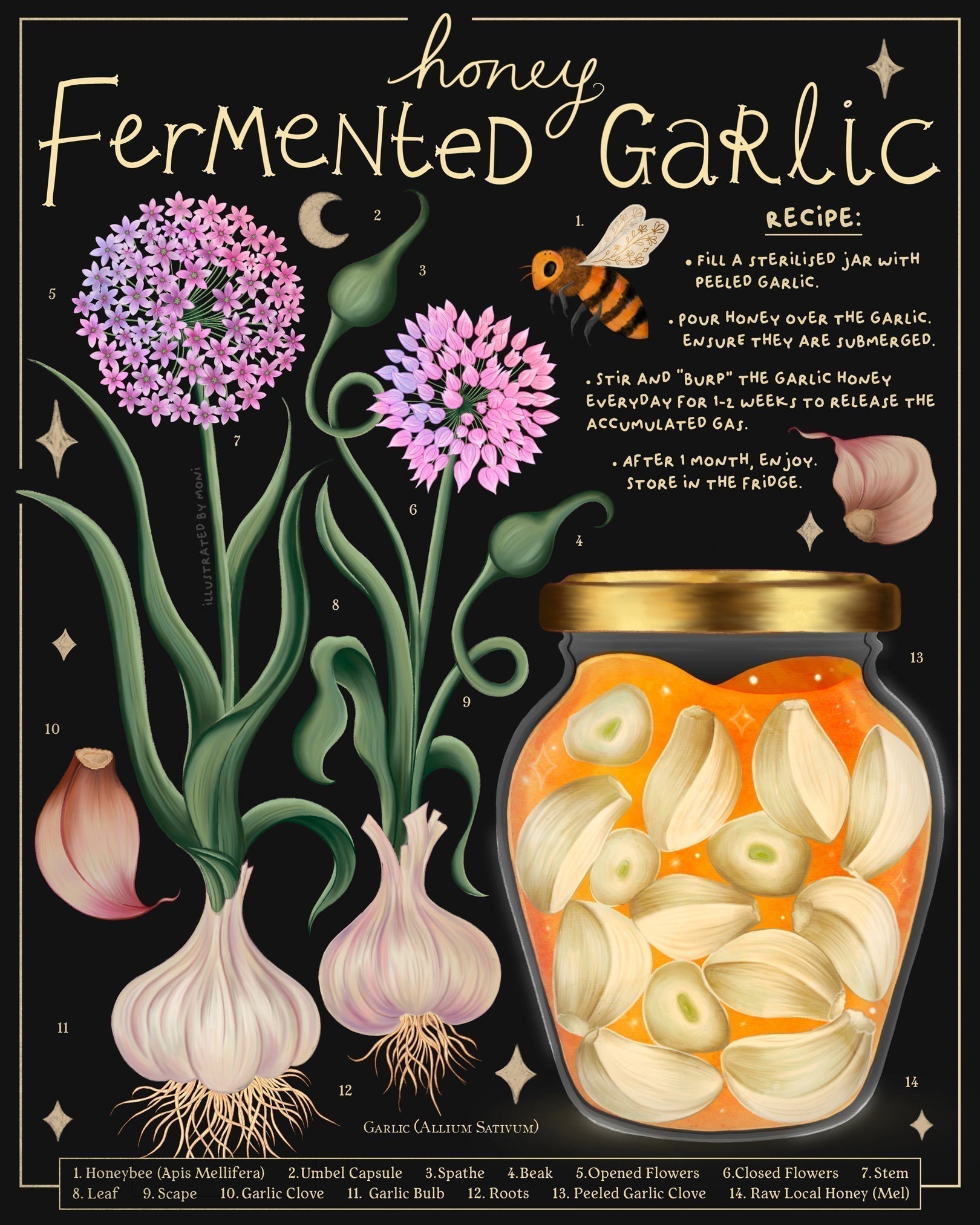
HONEY FERMENTED GARLIC
Fermented garlic honey is a simple yet powerful remedy that combines the ancient art of fermentation to boost the medicinal powers of each ingredient. The origins of fermented honey spans through centuries and various healing practices found within multiple cultures.
-
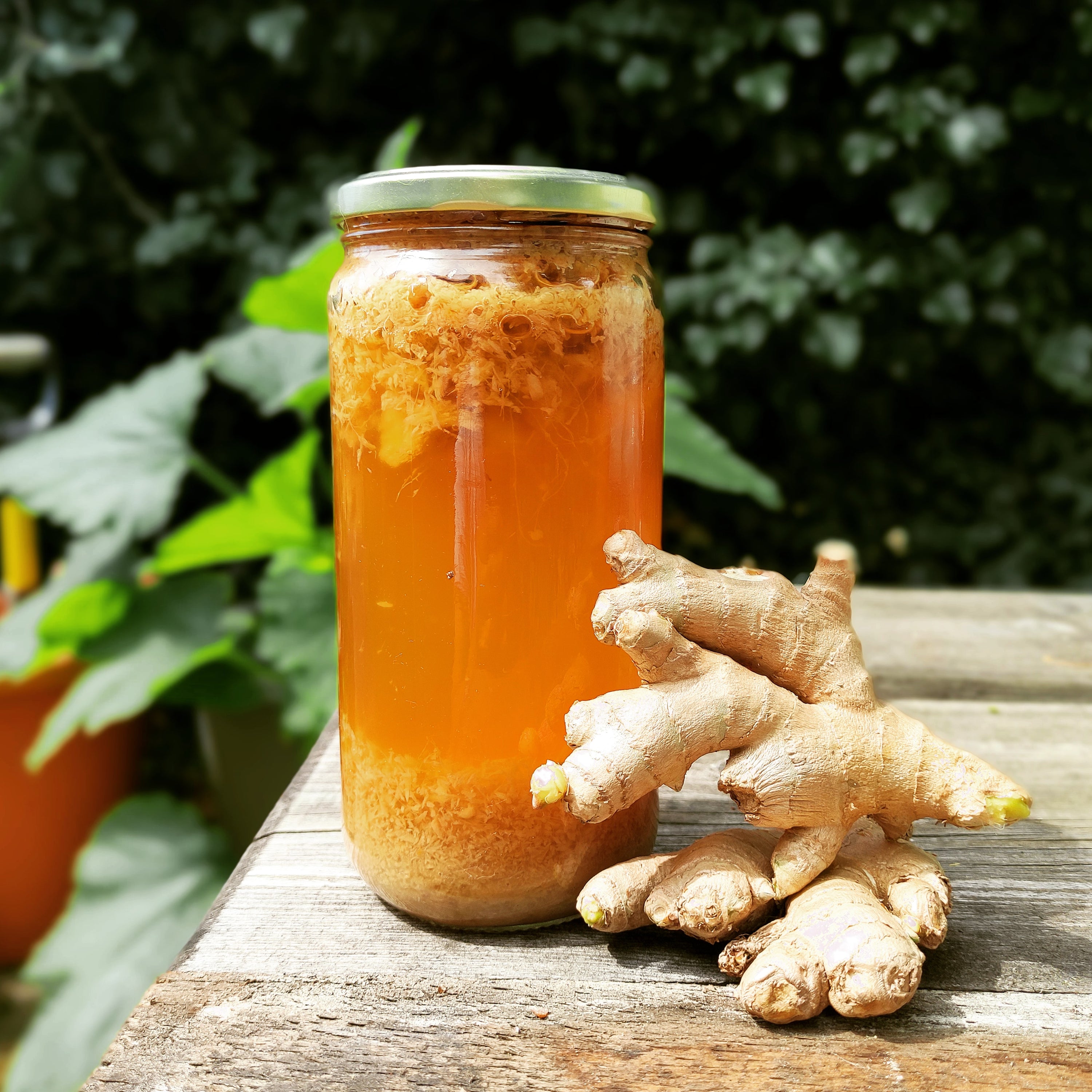
GINGER BUG
Our 5 year old ginger bug is still thriving. 🧡 This week we are preparing to make another batch of homemade, fermented ginger beer, perfect for those sweltering summer days ahead.•If you want to make a ginger beer the traditional...
-
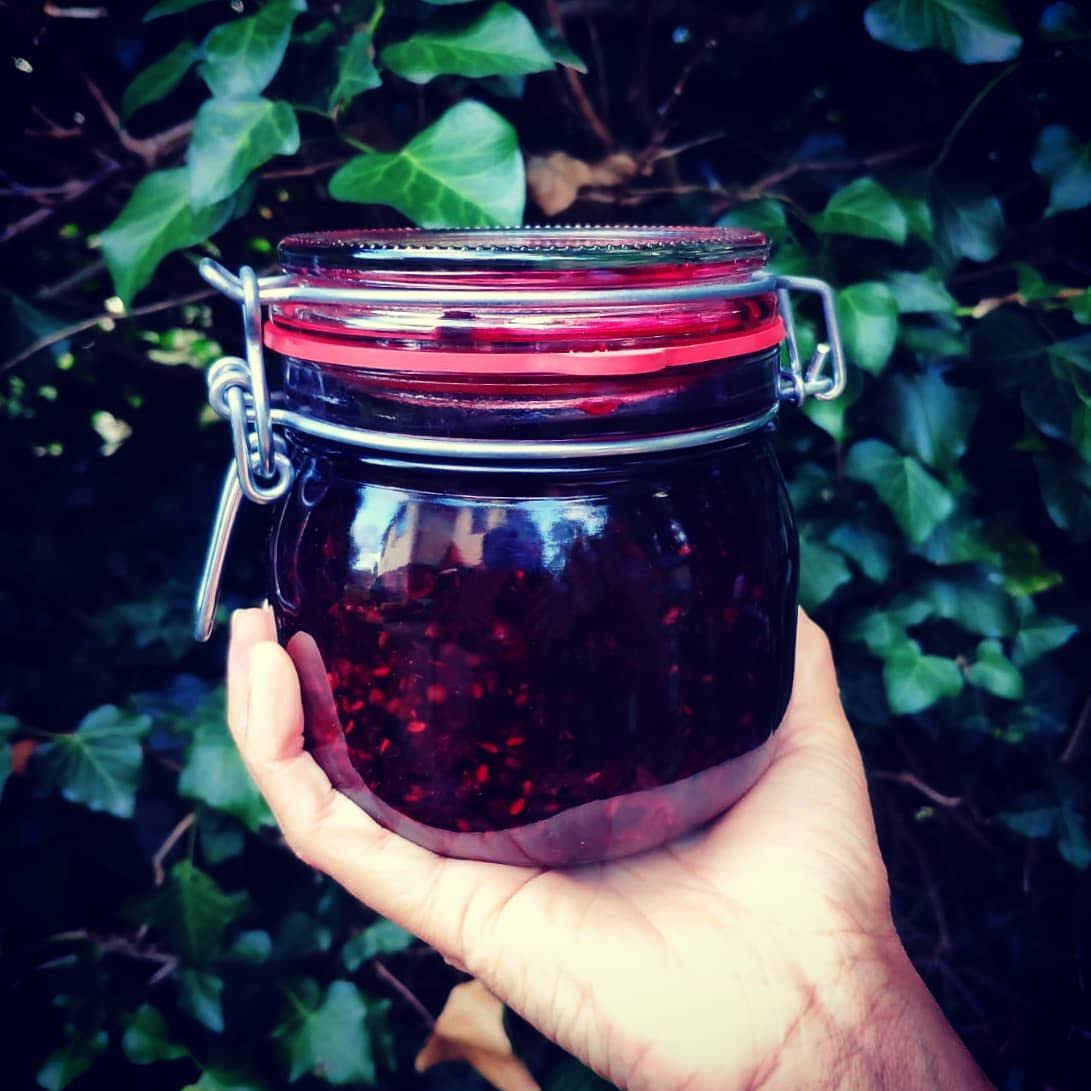
ENCHANTING ELDERBERRY ELIXIR
Her rich clusters of dark, purple berries, are ideal for tinctures and syrups to warn off those colds attempting to creep in this winter. She is truly a generous, magical plant with a plethora of medicinal uses.




